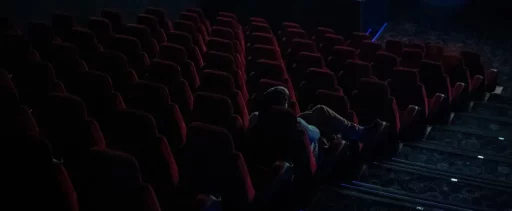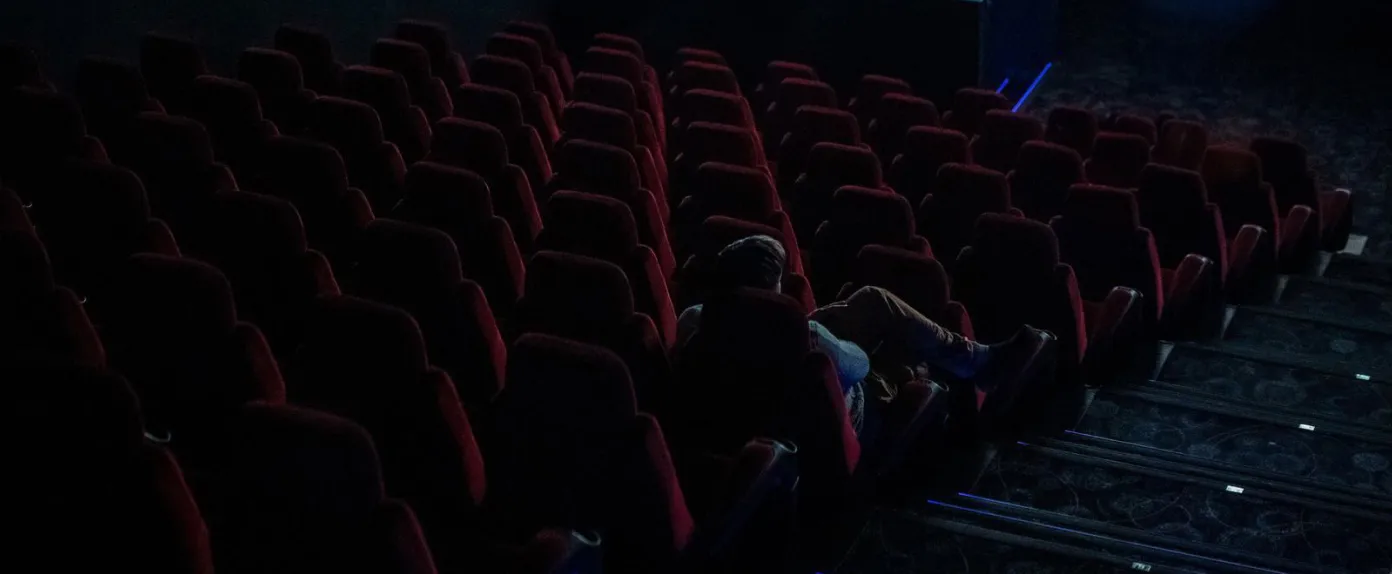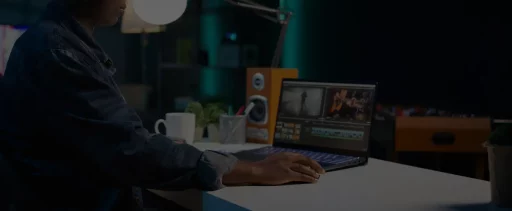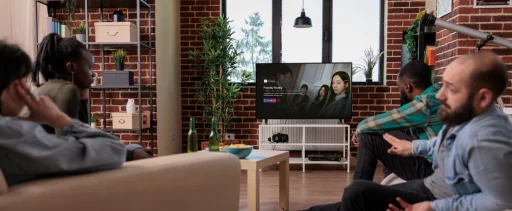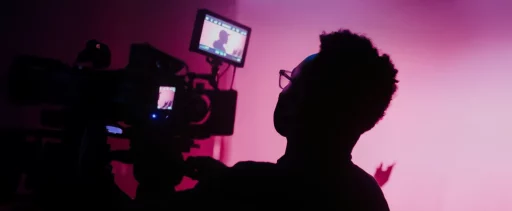Here at UVOtv, we aim to open new windows for international filmmakers to reach North American Audiences. AVOD is a reasonably new player in this game, and I see producers and filmmakers not sure of what it means. No matter how much we emphasize its potential, there is always doubt. This is entirely understandable; the shifts in this industry have been so prominent in the past twenty years that everyone takes novelty with a grain of salt.
Every so often, it is funny how a concept embedded in my reality is entirely foreign to people who unknowingly use it daily. Every field has particularities, and trust me, I wouldn’t want to know what the process is for a mortgage rate, so this is how I ended up here, writing this entry: It is time to demystify and elucidate how content windows work and help content owners understand the potential their movies have. But for that, we should all know how we got here.
For the sake of brevity, examples will focus on the United States industry for now. However, rest assured these challenges, among many others, are present worldwide). While each region has its own set of challenges, the United States has long been regarded as a beacon of light on the film distribution process.
The Evolution of Content Windowing
Since the dawn of time—well, okay, since the film industry boomed—it has been dominated by a select few players, what we call the MAJORS: large studios like MGM, Disney, Paramount, Warner, etc. Every major technological advancement has forced the industry to rethink its structure and approach to movie distribution deals.
From Theatrical Distribution to VHS Tapes
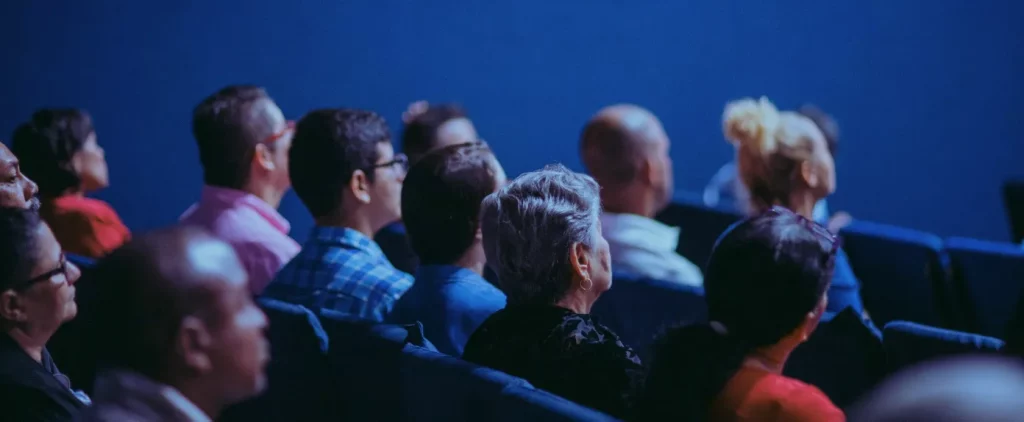
Cinema’s significant first threat—well, second, I should not keep World War II out of it—was the exponential growth of television in the late 1940s and early 1950s. When audiences had a window into a world of entertainment from the comfort of their own homes, why would they go to the theater to watch a movie?
And that, my friends, is where it all begins…
To maximize revenue, if audiences weren’t watching movies in theaters, the business model still needed to thrive. At the same time, televisions needed content. The result? An obvious symbiosis. For the following decades, a rigid structure emerged: theaters enjoyed exclusive rights to films before they aired on TV.
That is, until a nifty little product came along: the VHS.
Most likely, only those over the age of 40 still remember how to operate one (and let’s be honest, the sound of a tape rewinding was probably the original ASMR). But VHS tapes were responsible for an entire system crumbling. Suddenly, multiple copies of the same movie could be readily available for home use—insert dollar signs.
Rentals and Video on Demand
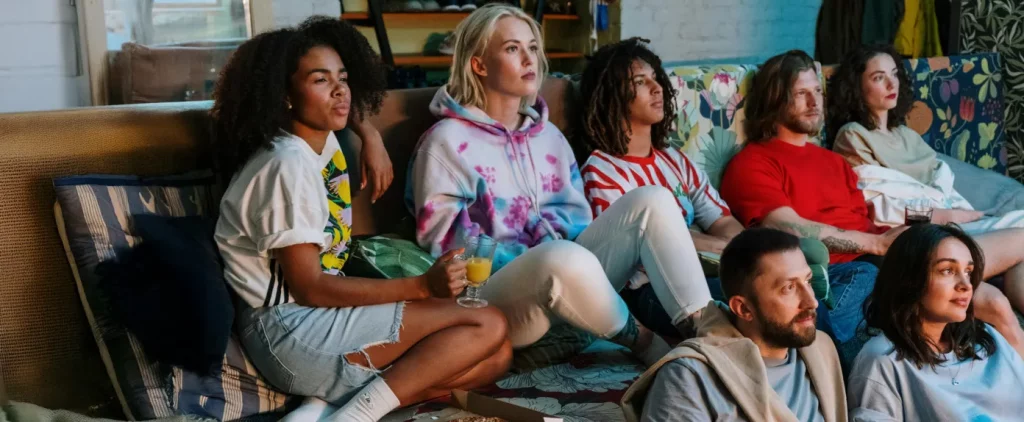
In the early 2000s, we witnessed a Home Entertainment redux. The internet got faster, Apple knew which bite they were ready to take, and iTunes was launched. (Yes, I know PPV existed way before that, but anyone who accidentally pressed the wrong button at a hotel probably spent months wondering, “Why did I just pay $40 for a rental?“).
And with that, welcome to the acronyms that likely haunt your dreams: TVOD (Transactional Video on Demand) and SVOD (Subscription Video on Demand) entered the scene.
I can only imagine the mountain of contracts that had to be revised and amended to ensure all these shiny new acronyms were accounted for, and that people actually had the right to use them!
Distributors had to rethink their windowing strategies and investment—getting a movie onto DVD, then onto TVOD, and finally letting Netflix have it all had to make sense. By 2006, most studios were on board, audiences were starting to like the model, and peace was once again restored in the world of windowing. Revenue was maximized and distributors controlled what went where and when, but they weren’t counting on our friends who mailed DVDs and decided to go rogue by creating their own window. And just like that, we added a bit of hot sauce to the story. With Netflix opening new terrain, everything that had been neatly reorganized suddenly became a whole new world.
While all these changes were unfolding, something huge was taking shape: a community website where anyone could upload videos came to light—the one and only YouTube.
And why am I talking about them here? Because YouTube was the first to explore AVOD (Advertisement Video on Demand).
Wait, are you telling me we’ve been monetizing content with ads online for over 15 years? Yes, indeed! YouTube started monetizing in 2007!
(And if you’re wondering when Google joined the party—well, dear, that was in 2006. So, no, they didn’t jump on the bandwagon; they saw the potential early. And today, YouTube stands as the largest streamer of content in the world. Sure, it has issues—no denying them—but in this race, the upset won.)
Let’s sprinkle some fairy dust and travel back to 2010, when Mr. Tim Burton, Disney, piracy, and the World Cup collided in the same sentence. Unexpectedly, we’re all tumbling down the rabbit hole with Alice in Wonderland—yes, that’s the culprit.
Disney decided to shorten the theatrical window from 120 to 90 days (the horror!). Exhibitors were livid.
“How dare the maker of dreams tell me I must reduce my window? Everyone knows it’s written somewhere—probably in stone—that this is preposterous!”
But Disney had its reasons. Piracy was a growing concern, and the U.S. was gearing up for a World Cup where, for once, the national team had a shot. Enter illegal streaming (P2P was thriving—well, still is, but let’s not get sidetracked). Consumer demands were shifting, and a newfound love for soccer emerged.
The result? What once seemed impossible suddenly became reality: Flexibility in the sacred windowing system.
Surely, everything that could happen had happened, right?
Wrong.
Subscription-based Movie Distribution and PayTV
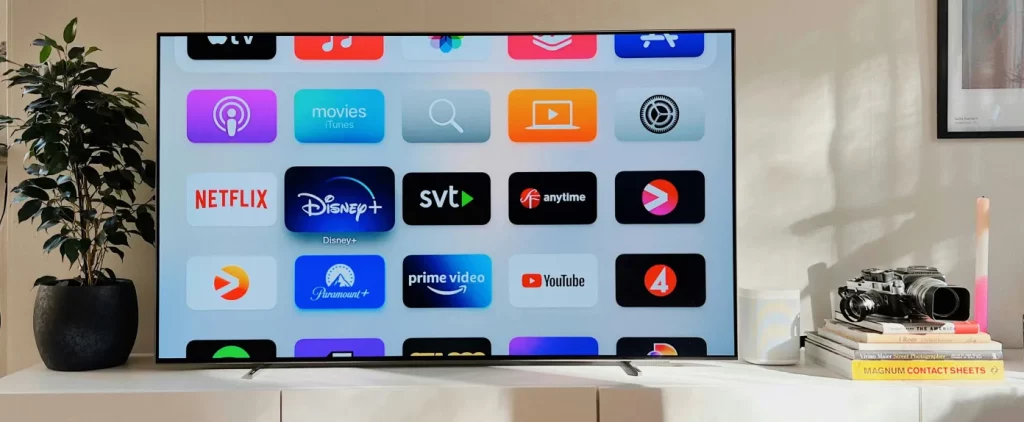
Netflix clearly missed the memo and took things a step further. Producing their own series wasn’t enough—they were coming for the movies, too! The major networks were already appalled. Oh lord, who saw that curveball coming? (Probably Brad Pitt in Moneyball—sorry, I couldn’t resist).
Filmmakers now relished the prospect of a worldwide deal with Netflix. Imagine it: your movie is available in 100+ countries—heaven!
But while creators celebrated, local distributors watched potential indie hits slip through their fingers. The business saw deal values soar, and the industry realized: Netflix wasn’t just mailing DVDs anymore—they were rewriting the rules of the game.
Quietly, future players in the windowing business were gathering strength. Tubi and Pluto TV, both launched a decade ago, bet on the rise of IPTV (internet protocol television). The thinking was simple: If we can have a streaming service, why not have one that looks just like the traditional television so many people are used to?
Enter FAST (Free Ad-Supported Television), lacing up its shoes, knowing this isn’t a sprint—it’s a marathon.
Hopefully, you are still here with me, bingeing my long story. Because now is when the scriptwriter adds another twist—Oh, and this one was huge!
No one—and I repeat, no one—was ready for March 2020.
How fitting that revisiting this moment around its fifth anniversary. COVID hit like a mean wave, leaving us all washed ashore, dazed and wondering: how did this happen?
Almost overnight, consumption habits shifted. The industry scrambled to survive. And behold—every major studio had the same idea:
Let’s go direct-to-consumer.
Skip the folks at Netflix (and Amazon, of course—Bezos wasn’t going to miss this party). As the world battled a pandemic, the industry entered what we now call the Streaming Wars era.
Movies were ready. Revenues had to be recouped. People were stuck at home, watching whatever they could get their hands on. It was a game of musical chairs, and the majors scrambled. Those without a streaming platform sprinted to launch one. Those who had one doubled down.
Our friend Disney? They stirred up some serious buzz with Black Widow.
(For those that need a refresher, Scarlet Johansen was livid that her Marvel movie debuted on Disney+. Why? Because actors often earn a percentage of box office sales—and now, what exactly was the box office?)
Guess who never lost money in windowing issues?
Lawyers.
As the streaming frenzy continued, theater chains and some film distributors had no choice but to become streaming services themselves (we’ve seen cases like this across the U.S. and globally). Drive-ins made a surprising, triumphant return.
Theaters panicked. Christopher Nolan threw metaphorical popcorn. And everyone started asking the inevitable question:
Is Cinema Dead?
Nope, it was just finding new ground—again!
There were some tough years, but like the rest of the world, with a scratch here and there, the industry found its feet again. Movie theaters still sell outrageously overpriced popcorn, and people still flock to see Tom Cruise on the big screen.
Netflix, after watching its shares hit record lows, pivoted into AVOD—it needed new revenue streams. A few weeks ago, it hit record highs when it announced its new subscriber numbers.
Amazon, Hulu, Max, and Paramount? They all now offer ad-supported tiers. What does that tell us? The audience is there. Young and old alike are willing to tolerate a few ads if their wallets say so.
Meanwhile, Tubi and Pluto TV are at the forefront of the FAST charge. According to Antenna’s research from Q3 2024, ad-supported tiers constituted 43% of all subscriptions among services offering such plans.
It’s 2025, and it seems like windowing may have finally found its sweet spot. The playing field is set, and every player has carved out a niche.
Now, the decision lies with the filmmaker:
What’s best for my movie? Where do I really want it to be seen?
The dream of seeing your movie on a silver screen still motivates hundreds to enter the industry, but understanding how far you can go—and where your story belongs—is what will truly make it thrive.
Content Windowing: Key Takeaways
Before we wrap things up, let’s make sure you have a handy reference—something you can keep close at night.
Here’s a breakdown of the primary and secondary content windows in the U.S., so you’ll always know who’s watching what, when, and where.
Primary Content Windows (U.S. Timeline)
| Window Type | Description | Typical Timeline |
| Theatrical Window | Traditional cinema release window. | 90 days (45 days for studios/indies) |
| Premium Video-on-Demand (PVOD) | Higher-priced rentals available after the theatrical run. | 45 days post-theatrical |
| Home Entertainment | Physical and digital purchases. | 90–120 days (shrinking due to PVOD growth) |
| Transactional Video-on-Demand (TVOD) | Cheaper rentals with purchase options. | Overlaps with PVOD |
| Subscription Video-on-Demand (SVOD) | Access via subscription services like Netflix. | 90–120 days post-theatrical |
| Pay-TV (Cable/Satellite) | Available through cable or satellite providers. | 6–9 months post-theatrical |
| Ad-Supported Video-on-Demand (AVOD/FAST) | Free streaming supported by ads (e.g., Tubi). | 6–12 months post-SVOD |
| Free-to-Air TV (Broadcast) | Traditional broadcast television airings. | 12–24 months post-theatrical |
Secondary Content Windows (U.S. Timeline)
| Window Type | Description | Typical Timeline |
| Festival Premieres | Early debuts at film festivals before wide release. | Months before wide release |
| Non-Theatrical (Educational/Libraries) | Limited access for educational purposes. | 6–12 months post-theatrical |
| Airlines/In-Flight Entertainment | Movie availability on flights. | 3–6 months post-theatrical |
| Repertory Screenings | Special screenings of cult/classic films. | Years later |
| Ultra-Premium Physical Releases | Collector’s editions and premium packages. | 12–18 months post-theatrical |
| Day-and-Date Releases | Simultaneous theatrical and streaming releases. | Same day as the theatrical release |
| Government/Institutional Licensing | Long-term licensing for cultural preservation. | Varies |
Of course, this conversation has many more layers.
You’d gasp if I started telling you:
- How U.S. market share dominates Latin America, making it tough for local filmmakers to get their movies seen.
- How France enforces a 17-month window between theater and streaming releases (yes, even Netflix folks gasped at that one).
- How filmmakers in Nigeria are creating movies that go viral on smartphones.
- How India remakes films because there are over 20 spoken languages across the country.
- Or how mobile watching has become serious business around the world.
There’s so much more to explore.
I look forward to future opportunities to share more insights about this ever-evolving industry. Please let us know what you’re interested in reading about. This blog is just like UVOtv, made for you.
